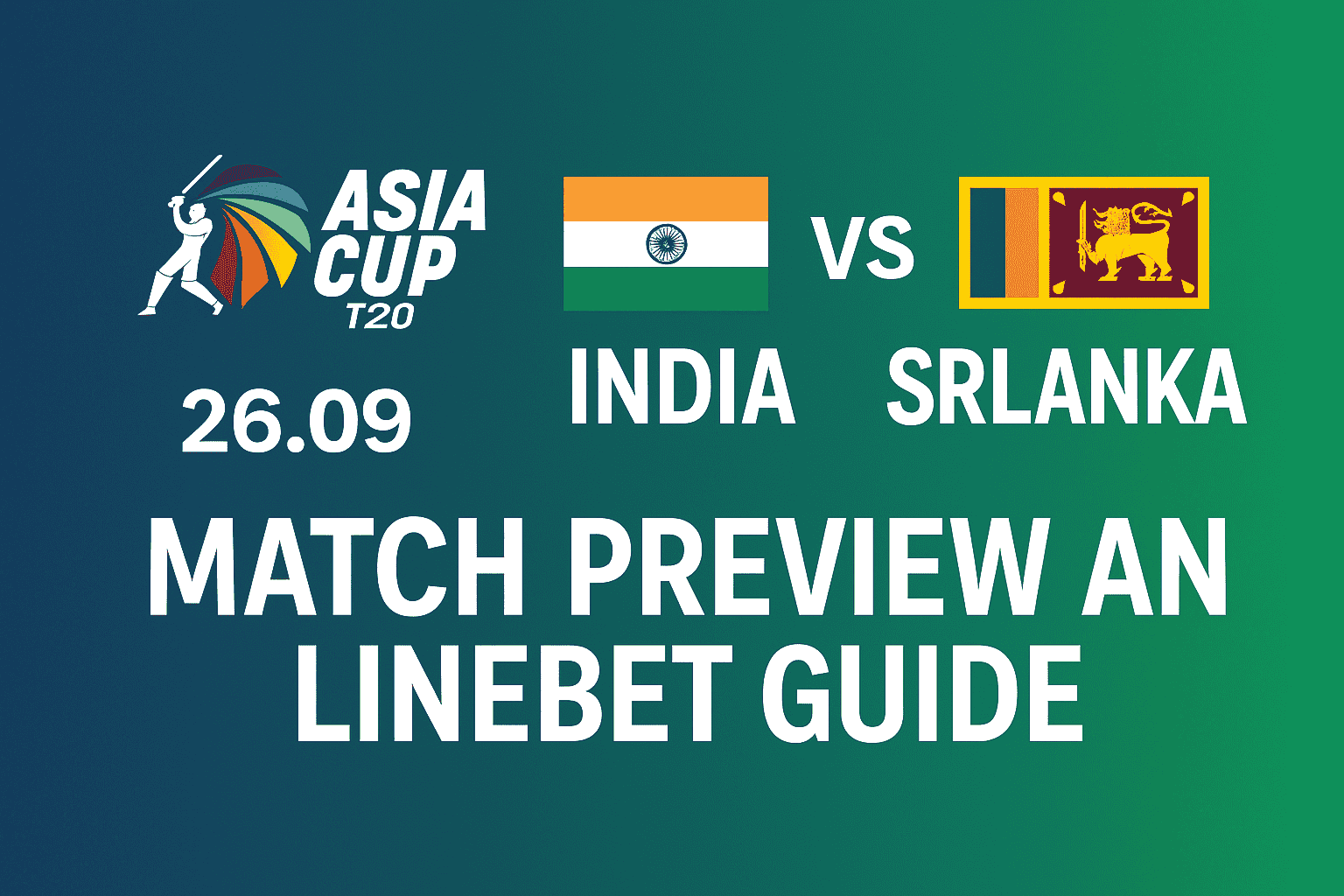Choosing Between Print-on-Demand vs. Bulk Printing: Which Is Right for You?
When it comes to publishing your book in physical format, one of the first decisions you’ll face is whether to use Print-on-Demand (POD) or go with Bulk Printing. Each option has its strengths and drawbacks, and your choice can affect your upfront costs, profit margins, storage needs, and distribution flexibility.
In this guide, we’ll break down both methods, compare their advantages and disadvantages, and help you choose the best fit based on your goals, budget, and publishing strategy.
What is Print-on-Demand (POD)?
Print-on-Demand is a modern publishing method where books are printed only when an order is placed. You don’t print in advance or keep physical inventory. POD is offered by platforms like:
-
Amazon KDP
-
IngramSpark
-
Lulu
-
BookBaby
When a customer orders your book, the platform prints a single copy and ships it directly—no fuss, no risk.
What is Bulk Printing?
Bulk Printing (also known as offset printing or short-run printing) involves printing a large quantity of books in advance—usually hundreds or thousands of copies. This method is typically done through professional printing companies, and you’re responsible for storing, managing, and distributing the books.
Bulk printing is ideal when you expect significant sales volume or want control over the physical distribution.
Key Differences at a Glance
| Feature | Print-on-Demand | Bulk Printing |
|---|---|---|
| Upfront Cost | Low | High |
| Cost per Unit | Higher | Lower (with volume) |
| Inventory | None | You manage it |
| Flexibility | High | Low |
| Shipping Time | On-demand (may take longer) | Immediate (from stock) |
| Quality | Good, but limited options | High, customizable |
| Profit Margin | Lower | Higher (after break-even) |
| Risk | Very low | Higher (unsold inventory) |
Pros and Cons of Print-on-Demand
Pros
1. Low Upfront Investment
You don’t have to pay for hundreds of copies or warehouse space. Perfect for first-time authors or indie publishers testing the market.
2. No Inventory Management
No need to store or ship anything. The platform handles everything—from printing to delivery.
3. Global Distribution
Platforms like Amazon KDP and IngramSpark list your book in major online stores and can fulfill international orders easily.
4. Easy to Update
Found a typo after publishing? You can upload a new version without scrapping unsold inventory.
Cons
1. Higher Cost Per Copy
Your profit per book is typically lower than with bulk printing. You’ll earn less unless you price strategically.
2. Limited Customization
Fewer options for paper quality, finishes, or trim sizes compared to traditional printing.
3. Slower Delivery
Books are printed after purchase, so shipping may take longer than for pre-printed stock.
Pros and Cons of Bulk Printing
Pros
1. Lower Cost Per Book (at Scale)
The more you print, the cheaper each copy becomes. This boosts your profit margin once you’ve sold enough to cover initial costs.
2. Premium Quality & Options
Bulk printers offer more choices in paper, binding, finishes, and custom designs—ideal for illustrated books, hardcovers, or premium editions.
3. Immediate Fulfillment
If you’re selling at events, book fairs, or from your website, having books in hand ensures fast delivery.
Cons
1. High Upfront Costs
Printing 500+ copies can be expensive—often thousands of dollars up front.
2. Storage & Inventory Management
You’ll need space to store the books and a system for tracking orders and shipping.
3. Risk of Unsold Stock
If the book doesn’t sell as expected, you’re stuck with unused inventory and a financial loss.
When to Choose Print-on-Demand
POD is best if:
-
You’re a first-time author testing the market.
-
You’re on a tight budget.
-
You plan to sell mostly online, especially through Amazon or your website.
-
You don’t want to handle inventory or shipping.
-
Your book has low to moderate expected sales.
Use Case Example:
An indie author publishes a novel via Amazon KDP, sets up global distribution, and earns passive income without worrying about fulfillment.
When to Choose Bulk Printing
Bulk printing makes sense if:
-
You plan to sell large volumes through events, retailers, or your own store.
-
You want control over quality and packaging.
-
You’re producing a children’s book, photo book, or hardcover edition.
-
You have storage space and a clear distribution plan.
-
You’re preparing for a book launch, school tour, or speaking engagement.
Use Case Example:
A children’s author prints 1,000 colorful hardcover books to sell at book fairs, schools, and through a Shopify store. The higher upfront cost is offset by better quality and higher profits.
Hybrid Approach: Best of Both Worlds
Many successful authors use a hybrid model:
-
Print-on-Demand for online sales and international orders.
-
Bulk Printing for local events, bookstores, and direct-to-reader sales.
This lets you balance cost, convenience, and control while reaching different sales channels effectively.
Tips for Making the Right Decision
-
Estimate Your Sales Volume
If you’re unsure how many copies you’ll sell, start with POD and scale up later. -
Know Your Audience and Reach
Are you selling locally, globally, or both? Your strategy should reflect your readers' behavior. -
Compare Costs Carefully
Get quotes from POD platforms and local printers. Factor in shipping, storage, and potential returns. -
Think Long-Term
Bulk printing may seem expensive now, but it could save money in the long run—if your book performs well. -
Test With POD First
Consider a “soft launch” with POD. Once you validate demand, you can confidently invest in bulk printing.
Conclusion
Choosing between Print-on-Demand and Bulk Printing comes down to your goals, resources, and how much risk you’re willing to take. POD offers ease and flexibility with minimal financial risk—perfect for beginners and digital-first strategies. Bulk printing offers better quality and higher profits—but demands a bigger upfront investment and solid distribution planning.
Whichever route you choose, remember this: the best printing method is the one that helps you reach your audience effectively and supports your publishing vision.







